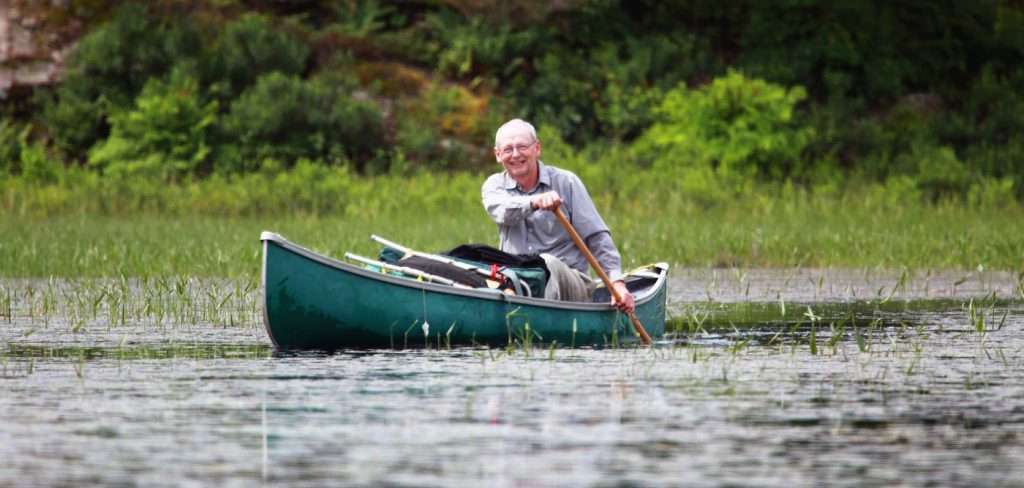Kayaking is an excellent form of exercise and is particularly notable for helping to build upper-body strength. Muscles found in the arm, shoulders and back are all used during a typical day of paddling. Additionally, you don’t have to be participating in a long multiday kayaking trip or kayaking race to feel the benefit of kayaking. You should be able to burn plenty of calories even on a leisurely kayak as you exercise muscles that you may not normally exercise.
Rotator Cuff
The rotator cuff controls a group of muscles that work together in the shoulder joint to control the joint during rotation. These muscles are supraspinatus, infrapsinatus, teres minor and subcapularis. The rotator cuff is used in all kayaking maneuvers, which can put the rotator cuff under stress, leading to inflammation and muscle or tendon tears. It’s important to find exercises that work the rotator cuff to prevent this.
Biceps Brachii
Another primary muscle used in kayaking is the biceps brachii, which is found on the upper arm. It is used to flex the elbow and rotate the forearm. Forward strokes require a great deal of bicep strength, and regular kayakers are advised to do exercises to build up bicep strength to more easily cut through the water.
Triceps Brachii
The triceps brachii is the muscle found on the back of the upper arm. The triceps act as an antagonist for the biceps and is used to flex the elbow. The triceps cover two-thirds of the arm’s muscle mass. As with the biceps, the triceps are used a great deal in forward strokes.
Trapezius
The trapezius muscles are divided into three areas: upper fibers, middle fibers and lower fibers. Among the many functions of the trapezius muscle are moving the shoulder blades back toward the spine; moving the shoulder blade up and down; and rotating and bending the neck from side to side. The muscles in the trapezius are used during forward strokes and rolls.
Latissimus Dorsi
The latissimus dorsi is the broad back muscles located behind the arm. The latissimus dorsi is responsible for the movement of the arm moving down and back and rotates the arm inward. This muscle is used a great deal in kayaking during high braces and rolls. Lateral pulls are one good way to help build these muscles when you’re not in the water.
Rhomboids
Rhomboids help to hold the scapula and connect it to the vertebrae found in the spinal column. The rhomboids are two muscles, rhomboid major and rhomboid minor. The rhomboids help to pull the shoulder blades back toward the middle of the body. The forward stroke uses the rhomboid muscles.

